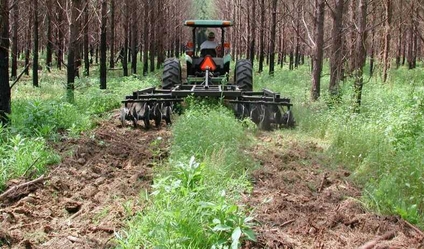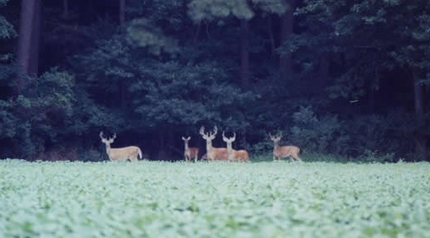When considering the management of white-tailed deer, unless your property is game fenced, you should realize that adjacent lands are also included in the home ranges of many of the deer on a ranch less than several thousand acres in size. Only those deer within the interior of a really large ranch may have home ranges located totally within the ranch, while those in a wide band around the ranch’s perimeter likely move back and forth onto adjacent lands.
The quality of a ranch’s deer population will in large part be dependent on both the habitat quality and population management strategies (i.e. hunting pressure and deer harvest) on both your and neighboring lands.

